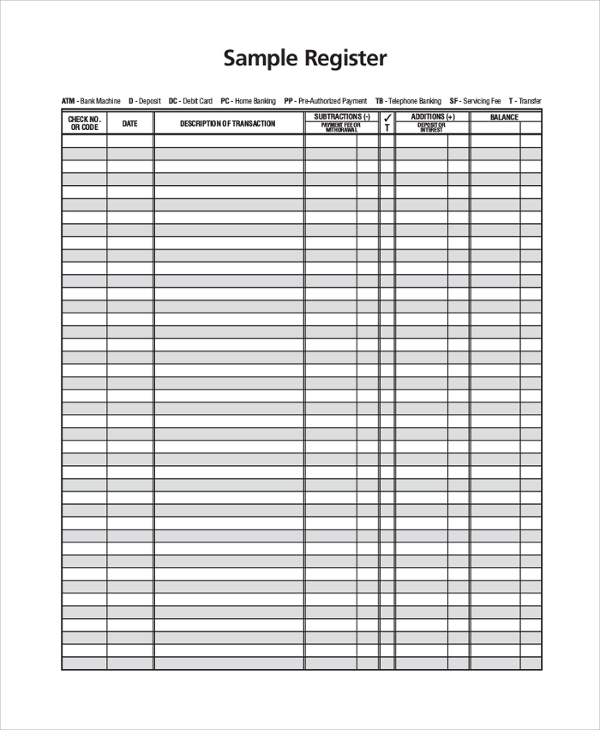

Any time you add money to your account (a credit), do the same thing, but adding instead of subtracting. Then, subtract the debit from your balance and write the new balance next to the transaction. Follow a similar process for online bill payments or automatic withdrawals. Whenever you write a check or use your debit card, you write the check number if it’s a check, the date of the transaction, a description of the transaction, and the amount. You write your current checking account balance on the first line. Whatever you use, the process is the same. If you’re looking for something shareable, a Google Sheet that you and your partner share could help with a joint account.
NEW CHECKBOOK LEDGER ANDROID
A quick check of an app store shows more than a dozen checkbook balancing apps for both iPhone and Android devices. If you’d like something a little more modern, there are plenty of options. If you always carry a checkbook, the pages in the back can still be an effective check register. It’s much easier to put something you already have to work. Plus, it’s just one more thing to carry around. You could just keep a notepad, but it would be easy to lose. Let’s look at the how’s and why’s of this “ancient” art and what mastering it in the 21st century can do for you.Īt its core, a check register is just a running list of credits and debits (money in and money out). You should! Balancing your checkbook can still do wonders to improve your financial awareness and security. Many consumers don’t even carry a checkbook, which means no register. Most transactions that had been made with a check are now made with a debit card. With modern technology, many people don’t bother to balance their checkbooks any longer. You got a statement once a month, which you would use to double check your work – and the work of your financial institution! You had to document every transaction in the checkbook register for keeping an accurate running balance. Writing one bad check would cost you check-writing privileges at that establishment and possibly land your likeness on a “wall of shame.”īalancing your checkbook was critical, since there was no online account history you could check. Since checks didn’t process instantly, a shopkeeper would have no way of knowing until days after the purchase. Type in descriptions future deposits and credits in the A and B columns of new rows, then the positive or negative amount in the C cell to automatically calculate your running balance in the "D" column.Thirty years ago, trying to spend more money than you had wasn’t just embarrassing it was a scandal. Click cell C2, then drag the black box that appears around it down to cell C30, which applies the same formula to the first 30 rows of the spreadsheet. Click your mouse inside cell A2, then type a short description of the first purchase or deposit, then type the amount - positive for deposits, negative for purchases and other deductions - into cell C2.Ĭlick the mouse inside cell D2 and type the following formula: =(C2+C1), which adds the positive or negative amount in cell C2 to cell C1 to create your new running balance. Type "Beginning Balance" into cells A1 and B1, then type your current checking account balance into cell D1, leaving cell C1 blank. Give your spreadsheet a name and wait for Google to save it automatically. Choose "Spreadsheet" from the "New" drop-down menu.


 0 kommentar(er)
0 kommentar(er)
